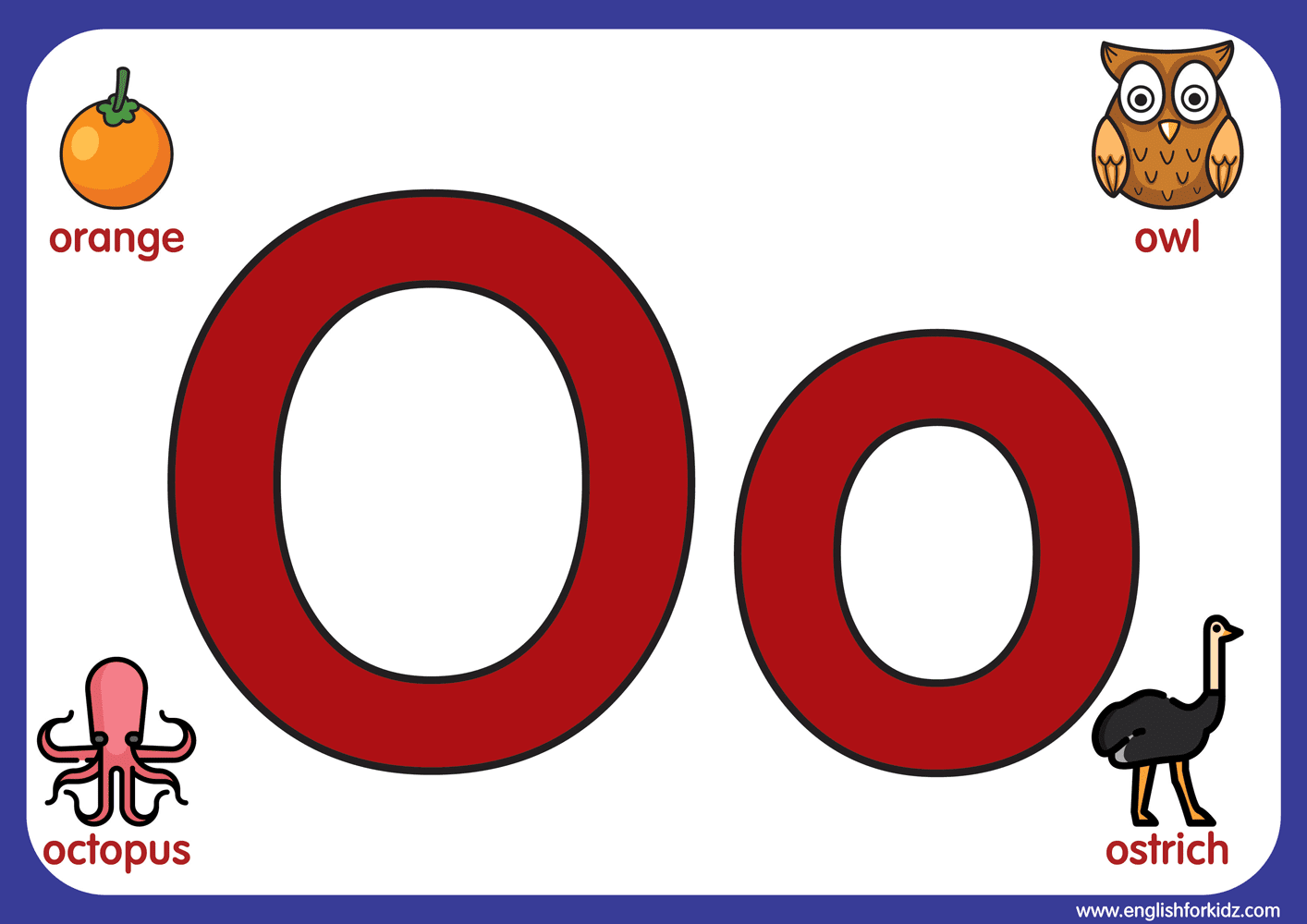O Yeong-su's Early Days - A Look Back At The 1960s
Have you ever wondered about the quiet beginnings of someone who later becomes truly well-known? It is almost like tracing the very first brushstrokes on a canvas that will one day hold a masterpiece. We are talking about the period when an artist, before they are a household name, is just starting to figure things out, finding their way in a world that is, you know, still shaping itself. For someone like O Yeong-su, whose calm presence has touched so many people recently, his earliest professional moments happened quite some time ago, in a decade filled with a lot of change and growth for South Korea.
Thinking back to the 1960s, a time when the world seemed to spin at a different pace, really helps us appreciate the journey of creative individuals. It was a period, actually, where the foundations for modern Korean culture were being laid, brick by brick. For a person stepping onto the stage then, it meant facing a distinct set of circumstances, unlike anything we might picture today. The artistic community, in some respects, was a close-knit group, often working with limited resources but a boundless spirit.
So, what was it really like for a young O Yeong-su during those formative years? It is about picturing the atmosphere, the sounds, and the feelings of a time when a performer was honing their craft, perhaps in small theater spaces, learning from every single interaction. We are going to explore what that era might have presented to a budding actor, considering the wider cultural backdrop that was, you know, truly unique to that moment in history.
- Hopes Current Health Status
- How To Subscribe Chatgpt Plus Iran Payment
- Sean Hayes Imdb
- Openai Chatgpt Plus Payment Iran
- Gloria Torres Of Only Fans
Table of Contents
- The Beginnings of O Yeong-su
- What Was the South Korean Arts Scene Like in the 1960s?
- How Did Aspiring Actors Get Their Start?
- Did These Formative Years Influence His Later Acclaim?
- Reflecting on the Quiet Power of Artistic Roots
The Beginnings of O Yeong-su
Every notable career has a starting point, a moment when someone decides to dedicate themselves to a path, and for O Yeong-su, that moment arrived in the midst of the 1960s. He was born in 1944, so by the time the latter half of that decade rolled around, he was a young man, ready to make his mark. It is quite fascinating, you know, to consider how the world was then, and what might have drawn him to the performing arts. Many people might only know him from his more recent, widely seen roles, but his journey began much earlier, in a time that, in some respects, feels like a different world altogether. He joined a theatrical group in 1967, which means his professional life as an actor began right there, in that very period we are discussing.
The decision to become an actor back then was, arguably, a rather bold one. The entertainment landscape was not what it is today, with countless avenues for performers. Instead, it was often the stage, live theater, that served as the primary training ground and outlet for artistic expression. So, when we talk about O Yeong-su and his early days, we are really talking about the world of live performance, where every single show was a chance to learn and grow. It is a testament to his dedication that he chose this path, and stuck with it, for so many years.
Personal Details and Career Start
To give you a clearer picture, here are some basic facts about O Yeong-su, especially concerning his beginnings. It helps to ground our discussion in what we know, even as we imagine the atmosphere of those early years.
- Pathivara Temple Trekking Routes
- Jessenia Rebecca Age
- Connie Francis Current Health Status
- George Reeves Related To Christopher Reeves
- Chatgpt Plus Subscription Iran How To Get
| Full Name | O Yeong-su (Oh Young-soo) |
| Birth Year | 1944 |
| Place of Birth | Jangdan County, Gyeonggi Province, Korea (now part of North Korea) |
| Acting Debut | 1967 (with a theatrical group) |
| Primary Medium in 1960s | Theater |
| Notable Later Work | Many stage roles, some film and television, including a very popular streaming series in recent years. |
As you can see, his entry into acting in 1967 places him squarely within the timeframe we are exploring. This means any discussion about "O Yeong-su 1960s" is not just speculation, but a look at the actual start of his long and distinguished career. It is quite something, really, to think about a person starting out in one era and then achieving global recognition so much later.
What Was the South Korean Arts Scene Like in the 1960s?
To truly appreciate the context of O Yeong-su's early career, it is helpful to step back and get a sense of the broader cultural environment in South Korea during the 1960s. This was a period of substantial social and economic shifts for the country. The nation was still finding its footing after significant historical events, and this naturally had an impact on the arts. There was, in some respects, a very strong drive towards rebuilding and establishing a national identity, and art played a part in that. Theater, for instance, often served as a mirror to society, reflecting both the struggles and the hopes of the people.
The performing arts, particularly theater, were perhaps less commercially driven than they are today. It was more about the craft, the message, and the connection with a live audience. Resources might have been limited, but the passion was, apparently, boundless. Small acting groups and independent troupes were common, providing spaces for artists to experiment and develop their skills. It was a time when the sheer dedication to the art form often outweighed the desire for widespread fame or financial gain. This atmosphere, really, must have shaped the sensibilities of young performers entering the field.
Theatrical Currents During the O Yeong-su 1960s Period
The theatrical world of the 1960s in South Korea was, you know, a melting pot of influences. There was a continued appreciation for traditional Korean performance forms, but also a growing interest in Western dramatic styles. Playwrights and directors were exploring new ways to tell stories, sometimes pushing boundaries, sometimes reflecting on deep societal issues. The stages might have been modest, perhaps even simple, but the performances themselves were often quite powerful. It was a time when actors truly had to project, to command attention, without the benefit of elaborate sets or advanced sound systems.
For a young person like O Yeong-su, entering this world meant being exposed to a rich variety of artistic expressions. He would have seen, and participated in, plays that ranged from classical works to contemporary pieces addressing the concerns of the day. This constant exposure to different genres and performance styles would have, arguably, provided a very broad and deep foundation for his acting abilities. The focus was on raw talent, on the ability to truly inhabit a character and convey emotions directly to the audience. This kind of hands-on experience is, in some respects, priceless for a budding artist. The "O Yeong-su 1960s" experience would have been one of constant learning and practical application.
How Did Aspiring Actors Get Their Start?
Getting into acting during the 1960s was, generally speaking, a rather different path than it might be today. There were not, for instance, a multitude of specialized acting schools or widespread talent agencies. Instead, many aspiring performers found their way into the profession through theatrical groups or apprenticeships. They would join a company, often starting with smaller roles or even behind-the-scenes work, learning the ropes from more experienced actors and directors. This practical, on-the-job training was, you know, a very common way to develop skills.
It was a system built on mentorship and direct observation. Young actors would spend hours watching, listening, and participating in rehearsals and performances. They would learn about voice projection, body movement, character development, and the rhythm of a scene by doing it, over and over again. This kind of immersive learning environment would have, basically, instilled a strong sense of discipline and a deep respect for the craft. The bonds formed within these theatrical groups were often quite strong, as members relied on each other to bring productions to life.
Early Steps and the O Yeong-su 1960s Stage
Given that O Yeong-su joined a theatrical group in 1967, his early steps would have followed this pattern. He would have spent his time immersed in the daily life of a performing company. This might have involved long hours of rehearsal, perhaps in unheated spaces, or performing for audiences that, while appreciative, might have been relatively small. It was a time of pure dedication to the art form, where the reward was often the act of creation itself, rather than widespread recognition. The stages he graced during the "O Yeong-su 1960s" period were likely intimate, allowing for a very direct connection with the viewers.
He would have had the chance to experiment with different types of characters, to understand the nuances of human emotion, and to learn how to convey those feelings to an audience without relying on a lot of special effects. This foundational experience, you know, is what builds true acting chops. It is about understanding the core elements of storytelling and performance. The challenges of those early days, the need to make every gesture and every word count, would have undoubtedly shaped his approach to acting for years to come.
Did These Formative Years Influence His Later Acclaim?
It is quite compelling to consider how those initial experiences, especially for someone like O Yeong-su, might have laid the groundwork for his later success. The disciplined environment of 1960s theater, the focus on raw talent and genuine expression, could very well have contributed to the distinctive acting style he developed. When you see his performances, there is often a quiet intensity, a deep sense of presence, that feels very much rooted in a profound understanding of character. This kind of depth is, in some respects, something that gets cultivated over many years, starting from the very first moments on stage.
The skills honed in those early, perhaps less glamorous, days of the 1960s would have been about conveying complex emotions with subtlety, about truly listening
- Elisabeth Fritzl Mother
- Openai Chatgpt Plus Subscription Iran Payment
- Danica Mckellar Kids
- How To Purchase Chatgpt Plus From Iran
- Caryn Beaumont Porn

Alphabet, Png, Letter Free Stock Photo - Public Domain Pictures

Printable Letter O

Letter O PNG